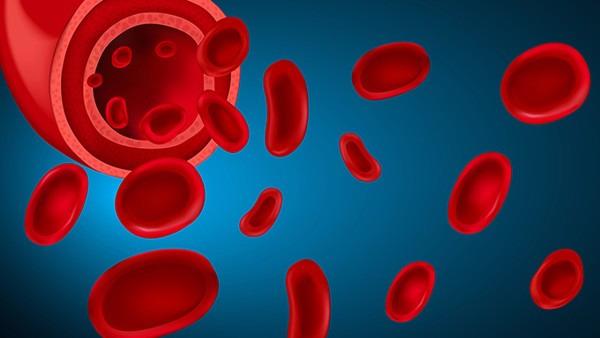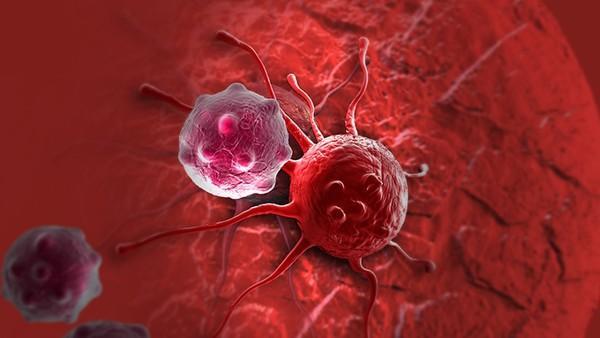为什么查不出癌症
 癌症疾病编辑
癌症疾病编辑
 癌症疾病编辑
癌症疾病编辑
Introduction:
Cancer is a pervasive and complex group of diseases that continue to challenge the medical community. Despite significant advancements in diagnosing and treating cancer, there are instances where its detection becomes an arduous task. While numerous factors contribute to the difficulty in pinpointing cancer, this article aims to explore some key reasons why cancer often evades detection.

1. Heterogeneity of Cancer Cells:
Cancer is characterized by its dynamic nature, with cells constantly evolving and adapting. This heterogeneity makes it difficult to identify cancer in its early stages, as the molecular and genetic alterations that trigger tumorigenesis vary from person to person. Consequently, conventional diagnostic techniques may not always detect cancer cells with sufficient accuracy or sensitivity.
2. Lack of Distinctive Markers:
In some cases, cancerous cells do not exhibit distinctive markers that set them apart from healthy tissue. While specific biomarkers have been identified for certain types of cancer, there is a lack of universal biomarkers, making it challenging to develop accurate diagnostic tests. Moreover, benign conditions and other diseases can mimic cancer symptoms, further complicating the diagnostic process.
3. Late-stage Manifestation:
Cancer often remains asymptomatic until it reaches an advanced stage. Early-stage cancers often exhibit subtle or general symptoms that can be easily attributed to other benign conditions. Therefore, the delayed onset of distinctive symptoms hampers early detection, resulting in missed opportunities for effective treatment.
4. Imaging Limitations:
Diagnostic imaging techniques like X-rays, CT scans, or MRIs are widely used in cancer detection. However, certain tumors, especially smaller ones, may not be visible on imaging until they grow to a considerable size. Additionally, the presence of overlapping structures or inflammation can obscure cancerous growth, further complicating accurate diagnosis.
5. Inaccessibility of Tumor Tissue:
In some cases, tumors are located in inaccessible regions, such as the brain or deep within organs. Obtaining biopsy samples from such locations can be risky or practically impossible, limiting opportunities for definitive cancer diagnosis. Consequently, physicians have to rely on imaging, clinical symptoms, and other indirect indicators to determine the presence of cancer.
Conclusion:
While tremendous progress has been made in cancer research and diagnosis, the challenges inherent in accurately detecting cancer persist. The heterogeneity of cancer cells, the absence of distinctive markers, late-stage manifestation, imaging limitations, and the inaccessibility of tumor tissue contribute to the struggles encountered in cancer diagnosis. Striving towards continued advancements in research, technology, and healthcare collaboration will be crucial in overcoming these obstacles and improving the early detection of cancer, ultimately saving lives.




